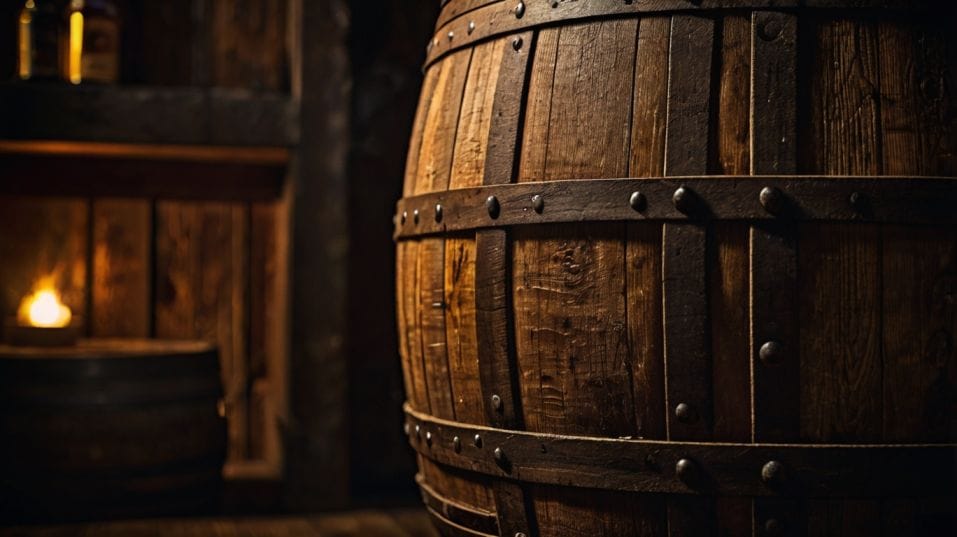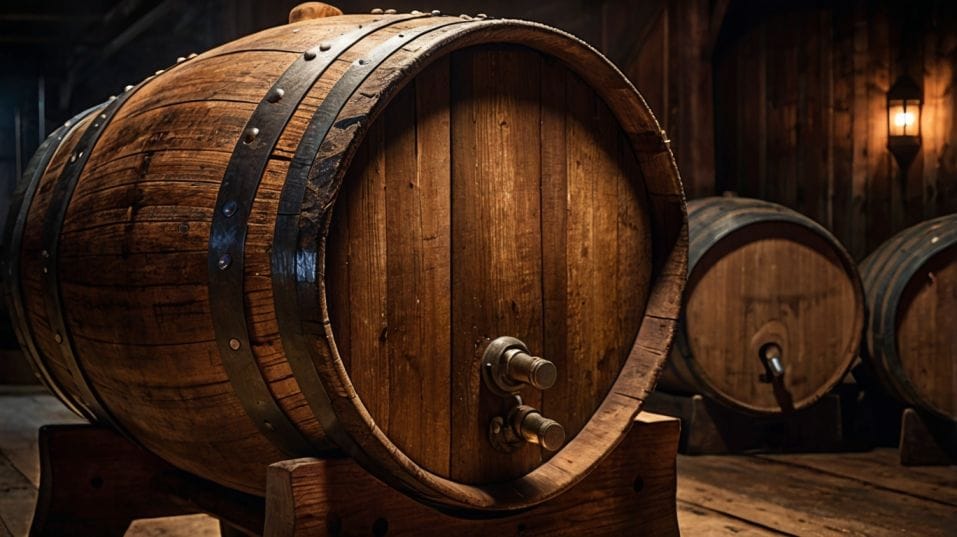The Difference Between ‘Smooth’ and ‘Complex’ in Whiskey
Wondering why “smooth” whiskey gets so much hype? Learn why complexity matters more—so you can taste, collect, and drink with confidence.

What does “smooth” really mean—and why do so many whiskey drinkers chase it? If you're just getting into whiskey, the term can feel like a gold star. But smooth is just the beginning.
If you want bottles that surprise you, evolve in the glass, and leave a lasting impression, you’ll need to look beyond easy sipping. Let’s break down the real difference between smooth and complex—and why one of them truly matters.
What People Mean When They Say “Smooth”
At its core, smooth usually refers to the absence of harshness. The whiskey goes down easily, doesn’t burn your throat, and doesn’t punch you in the face with alcohol.
For beginners, this can be comforting. It’s an entry point—a bottle that doesn’t scare you off.
In some contexts, smoothness can be a positive sign. It might mean the spirit has been well-aged, balanced, or mellowed by time.
It might indicate high-quality distillation, good blending, or thoughtful barrel choices. But more often, when someone calls a whiskey smooth, they’re just saying, “It doesn’t hurt to drink.”
The problem is, that’s a low bar. Toothpaste is smooth. So is water. Smoothness alone doesn’t make a whiskey interesting, layered, or worth revisiting.
In fact, a lot of industrially produced whiskey aims to be as smooth—and bland—as possible, especially if it’s targeting casual drinkers or mass-market appeal.
If you’re trying to build taste, smooth should never be the finish line. It’s the warm-up lap.

Why Complexity Is What You’re Really After
Complex whiskey does more than avoid offense. It tells a story. A complex pour reveals itself in stages—aromas that shift with air, flavors that evolve on the tongue, a finish that lingers and changes as it fades.
You might smell dried fruit at first, then notice charred oak. Sip it, and you could get caramel up front, a burst of spice mid-palate, then earthy tobacco or black pepper on the finish.
Maybe some heat, but it’s layered—not flat. Not just “burn.” These experiences don’t compete; they build on each other.
Complexity doesn’t just come from age or rarity. It comes from balance, structure, and depth.
A younger whiskey with a high-rye mash bill and a bold barrel profile might be more complex than a ten-year-old bottle that's been overly filtered into neutrality.
Here’s the key: Complexity keeps you engaged. It gives you a reason to take another sip—not because you’re chasing a buzz, but because the whiskey keeps revealing more.
Tasting With Purpose: Training Your Palate
To tell the difference between smooth and complex, you need to taste with intent. You don’t need to be a certified sommelier or memorize obscure tasting notes. You just need to slow down and pay attention.
Compare with Contrast
Start by pouring two different whiskeys side by side: one you’ve thought of as smooth, and one that comes with a reputation for depth (maybe a high-proof or non-chill-filtered option).
Nose them carefully. Take short sniffs, not deep inhales. What jumps out? Fruit? Spice? Vanilla? Does it change after a minute in the glass?
Take a sip. Let it coat your mouth before swallowing. Where do you feel the flavors? Is there a beginning, middle, and end—or does it all hit at once and disappear?
Then wait. A complex whiskey keeps talking after the swallow. That finish—what whiskey folks call the length—is often where the magic lives. A smooth whiskey may vanish. A complex one lingers and evolves.
You’re not looking for the “right” answer here. You’re building your own sensory memory. The more you taste this way, the more you’ll notice, and the less you’ll be fooled by buzzwords.
How This Changes Your Collecting Strategy
If you’re collecting whiskey—or even just building a home bar—chasing smoothness will limit you fast.
You’ll end up with a shelf full of easy sippers that start to feel the same. Smooth whiskey is crowd-friendly. It makes sense for gifts or parties. But complexity is what turns a bottle into a ritual.
Ask Better Questions
When you focus on complex bottles, you start asking better questions. What cask types were used? Was it chill-filtered? What’s the mash bill?
What’s the proof? These aren’t just stats for whiskey nerds—they’re clues. They help you predict how a whiskey might behave before you even pop the cork.
This mindset also frees you from the idea that older is always better. It’s not. Some eight-year bourbons or six-year single malts are more dynamic than bottles twice their age. Aging is a factor, but complexity is the outcome you’re after.
A smart collection isn’t about flash. It’s about flavor range. You want bottles that play differently—light and heavy, sweet and savory, sharp and round. That’s how you grow your taste. That’s how you build confidence.
Culture Check: Stop Using “Smooth” as a Default
One of the reasons smooth dominates whiskey conversations is because it’s easy. It fills the space when someone doesn’t know what else to say.
But if you want to be taken seriously in whiskey circles, especially among enthusiasts or seasoned drinkers, start being specific.
Build a Better Whiskey Vocabulary
Instead of saying “That’s smooth,” try:
- “That’s really well-rounded.”
- “It’s got a soft entry but a long finish.”
- “I’m getting caramel early, then spice mid-palate.”
- “It’s light, but it’s not thin.”
You’re not trying to sound pretentious. You’re learning to speak the language of flavor. It’s the difference between describing a song as “catchy” versus explaining the groove, the layers, the mood. You’re saying more because you notice more.
That skill translates. Into better picks at the store. Into smarter trades with collectors. Into richer conversations with other drinkers. And, yeah—into better pours.
Final Thoughts
Smooth gets all the love because it’s easy to understand. But if you're serious about whiskey—tasting it, collecting it, enjoying it—then complexity is the goal.
It’s what separates beginner bottles from benchmark pours. It’s what keeps your collection interesting and your palate sharp.
So pour something tonight that makes you think. Not because it’s expensive, not because it’s trendy—because it challenges you.
Let it open up. Revisit it tomorrow. See what’s changed. That’s how you build taste. That’s how you build a collection with staying power. Stop chasing smooth. Start chasing better.




